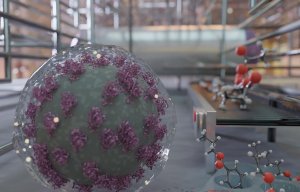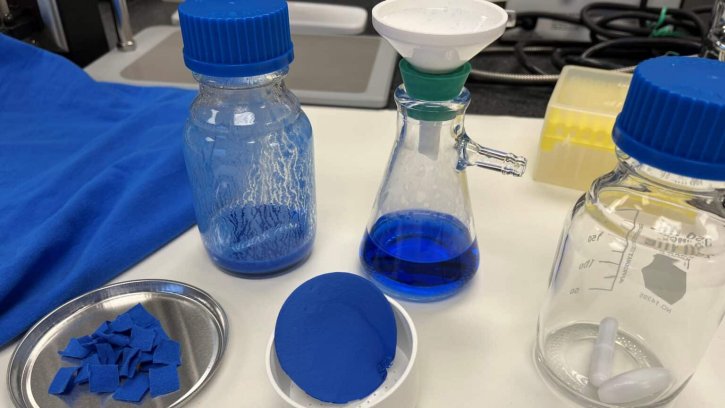
Developing a new generation of enzymes
Dyes and finishes make recycling ultimately more difficult, researchers find.

23rd March 2023
Innovation in Textiles
|
Raleigh, NC, USA
Researchers at North Carolina State University are using enzymes to separate cotton and polyester from blended fabrics in a process which could contribute to reducing textile waste.
A cocktail of enzymes in a mildly acidic solution is being applied to draw out the cellulose from the blended woven structure, leaving tiny cotton fibre fragments remaining, along with glucose – the biodegradable byproduct of degraded cellulose. The glucose is then washed away and the cotton fibre fragments filtered out, leaving clean polyester.
“It’s quite promising that we can separate the polyester to a clean level but we still have some more work to do to characterise the polyester’s properties,” said Sonja Salmon, associate professor of textile engineering, chemistry, and science at NCSU. “We believe they will be very good, however, because the conditions are so mild and we’re just adding enzymes that ignore the polyester.”
The researchers compared the degradation of 100% cotton fabric to the degradation of cotton and polyester blends and have also tested fabric that was dyed with red and blue reactive dyes and treated with durable press chemicals. In order to break down the dyed materials, the researchers had to increase the amount of time and enzymes used. For the treated fabrics they also had to use a chemical pre-treatment before adding the enzymes.
“The dye that you choose has a big impact on the potential degradation of the fabric,” explains Jeannie Egan, a graduate student at NC State. “We also found the biggest obstacle so far is the wrinkle-resistant finish. The chemistry behind that creates a significant block for the enzyme to access the cellulose. Without pre-treating it, we achieved less than 10% degradation, but with two enzyme doses we were able to fully degrade it, which was a really exciting result.”
The researchers say the polyester could be recycled, and the slurry of cotton fragments could be valuable as an additive for paper or a useful addition to composite materials. They’re also investigating whether the glucose could be used to make biofuels.
“The slurry is made of residual cotton fragments that resist a very powerful enzymatic degradation,” Salmon says. “It has potential value as a strengthening agent. For the glucose syrup, we’re collaborating on a project to see if we can feed it into an anaerobic digester to make biofuel. We’d be taking waste and turning it into bioenergy, which would be much better than it going to landfill.”
According to the US Environmental Protection Agency, around 11 million tons of textile waste is going into into US landfills each year.

Business intelligence for the fibre, textiles and apparel industries: technologies, innovations, markets, investments, trade policy, sourcing, strategy...
Find out more